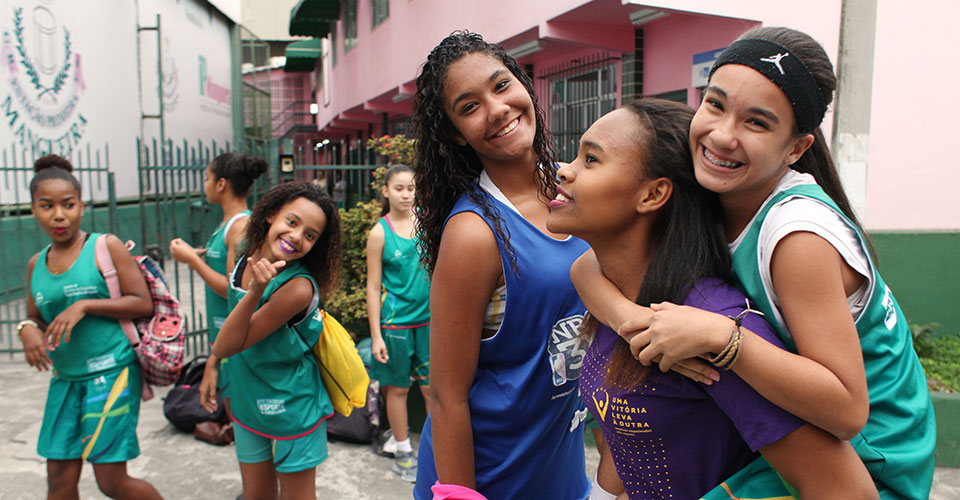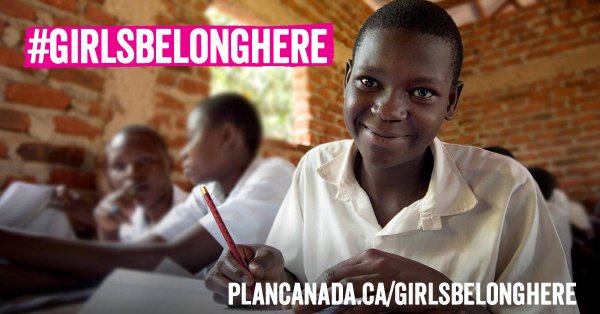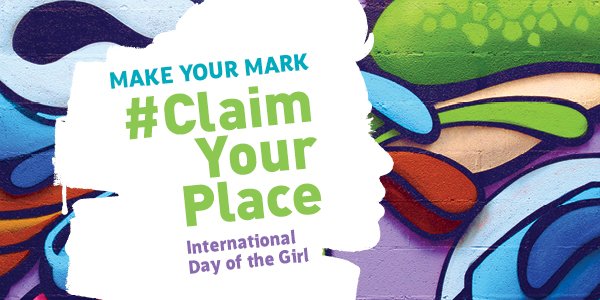United Nations Resolution 66/170
In 2011, as the result of youth advocacy around the world, the United Nations declared October 11 as the International Day of the Girl Child. Its mission is “to help galvanize worldwide enthusiasm for goals to better girls’ lives, providing an opportunity for them to show leadership and reach their full potential.” It’s a day when activist groups come together under the same goal to highlight, discuss, and take action to advance rights and opportunities for girls everywhere.
October 11 is not just a day; it’s a movement. A worldwide revolution.
Background
Two billion people live in countries affected by conflict and violence,1 and 200 million people are affected by natural disasters every year.2 In 2016, approximately 535 million children were living in countries affected by conflict, natural disasters, epidemics and other emergencies worldwide, with nearly 50 million children on the move, more than half of them forcibly displaced.3 The protracted nature of current crises means that the millions of girls born into emergencies could spend their first years, if not decades, of life in an emergency setting.4 Gender-responsive resilience strategies and humanitarian crisis responses are immense opportunities to prevent, mitigate, and respond to the stark vulnerabilities girls face before, during, and after times of fragility, conflicts, disasters, and displacement. Every 10 minutes, somewhere in the world, an adolescent girl dies as a result of violence.5 Gender-based violence often spikes in humanitarian emergencies and displacement settings, subjecting girls to sexual and physical violence, child marriage, exploitation, and trafficking. Girls are also 2.5 times more likely to be out of school than boys during conflict, compromising their future prospects for work and financial independence as adults. Health services critical to girls’ wellbeing, including sexual and reproductive health services and information, maternal care, and provisions for menstrual health and hygiene, are often scarce or insufficient in crisis situations. Furthermore, the dearth of data on girls in humanitarian settings constitutes a challenge to closely monitor and respond to the issues most critical to them, understand what strategies work best to protect and care for them, and engage and empower them. THEME The world’s 1.1 billion girls are a source of power, energy, and creativity – and the millions of girls in emergencies are no exception. International Day of the Girl (IDG) on October 11, 2017 will spur global attention and action to the challenges girls are addressing before, during, and after crises through its theme, EmPOWER girls. EmPOWER girls will highlight the current actions of empowered girls in a range of geographical settings that represent the vast diversity of emergency contexts. These examples will include girls’ efforts to prevent violence against girls in emergencies and build resilient communities. It’s more than just a day. IDG marks the launch of a year-long effort to bring together multi-sectoral partners and stakeholders to advocate for, and draw attention and investments to the most pressing needs and opportunities of girls in emergencies, among them: giving girls voice- so that they are informing all aspects of emergency response and services put in place; access to menstrual hygiene and other commodities, and related gender-responsive health and nutrition information and services; addressing gender-based violence and harmful practices through a range of prevention, protection and response approaches; and access to girls’ education and skill-building.
To support the rights, empowerment and inclusive participation of all girls in emergency response and resilience planning, decision-making, and implementation activities, throughout the life-course, we need to amplify:
- Access to programs specifically tailored and inclusive to the needs of girls, particularly incorporating the needs and contributions of girls from vulnerable groups, including those with disabilities.
- Girls’ participation in all processes affecting them, including in disaster management and resilience efforts, peacebuilding, and recovery, so their perspectives and needs are well understood and incorporated.
- GIrls’ engagement in initiatives focused on innovation and technology that results in creative, effective solutions.
- High-quality, age disaggregated data on girls in emergencies – collected safely and ethically – to identify programme gaps and opportunities, track results and progress, and remain accountable.
- Creation, dissemination, and uptake of girl-driven knowledge products and materials, that systematically address the key role of girls in the different phases of emergency management, including prevention and preparedness, mitigation, response, and recovery.
Hashtags to follow
Find out more about Day of the Girl
- United National Women: International Day of the Girl Child
- Plan Canada: Girls Belong Here
- Status of Women Canada: Claim Your Place
Tweet


